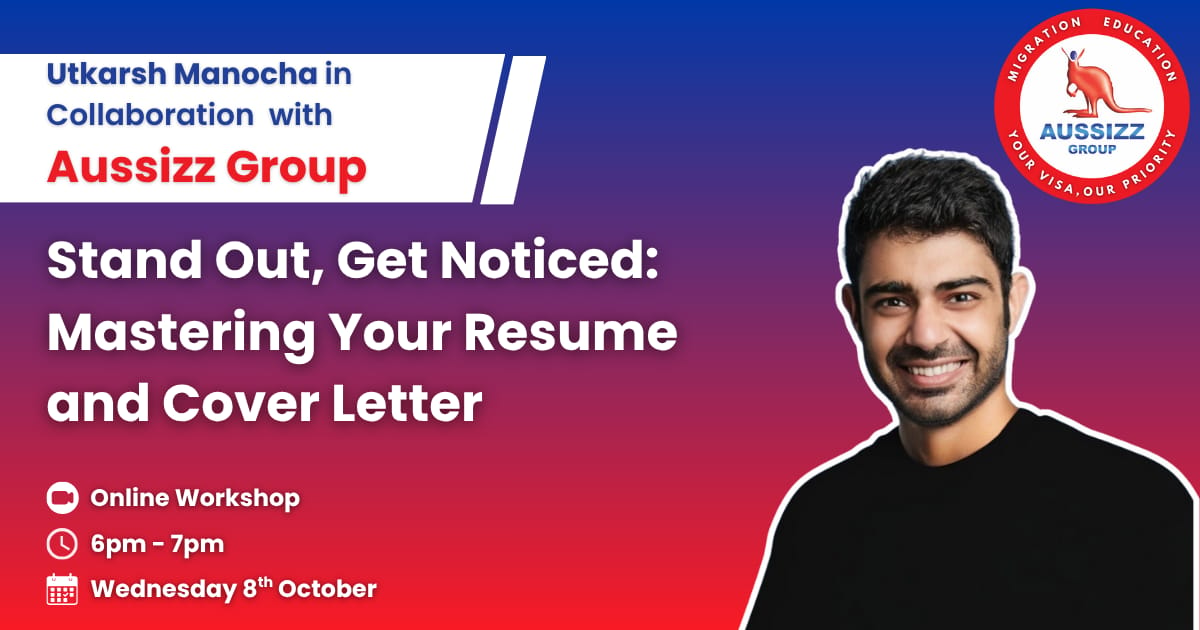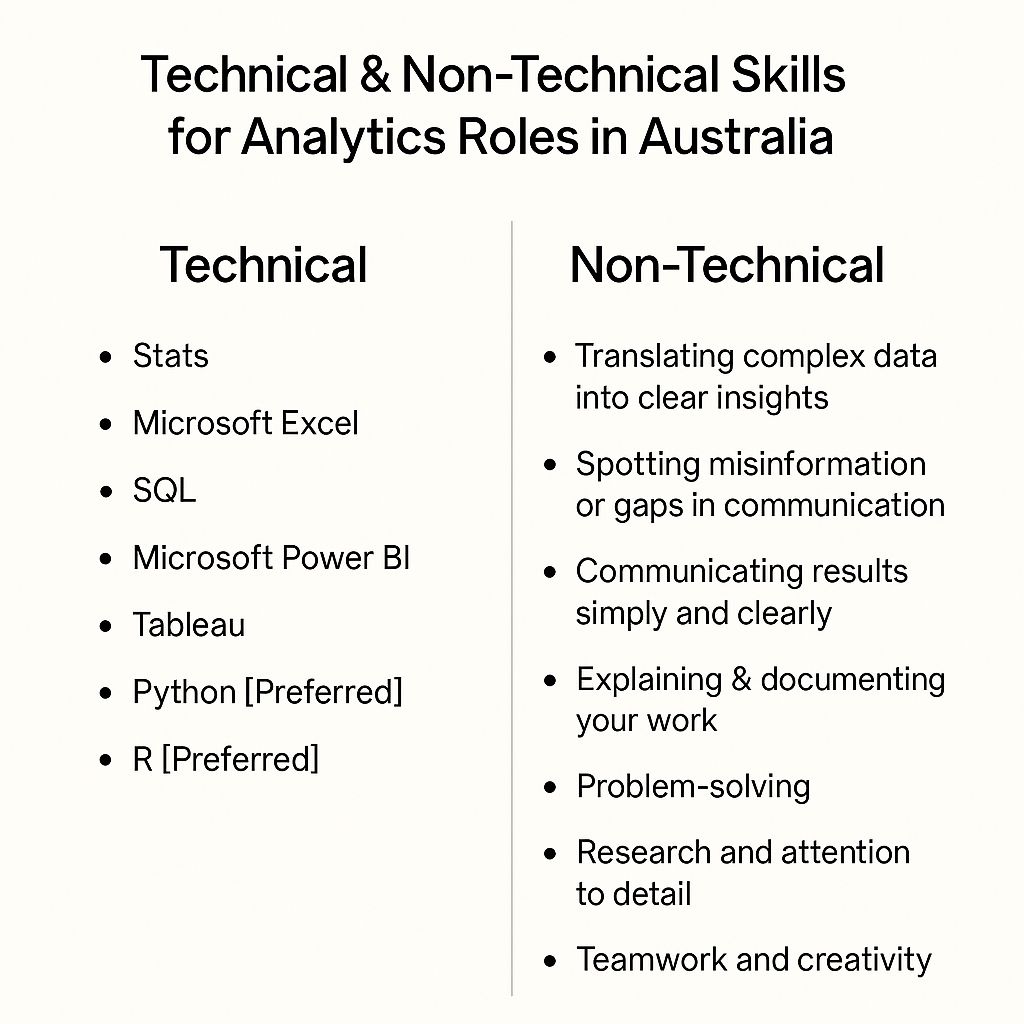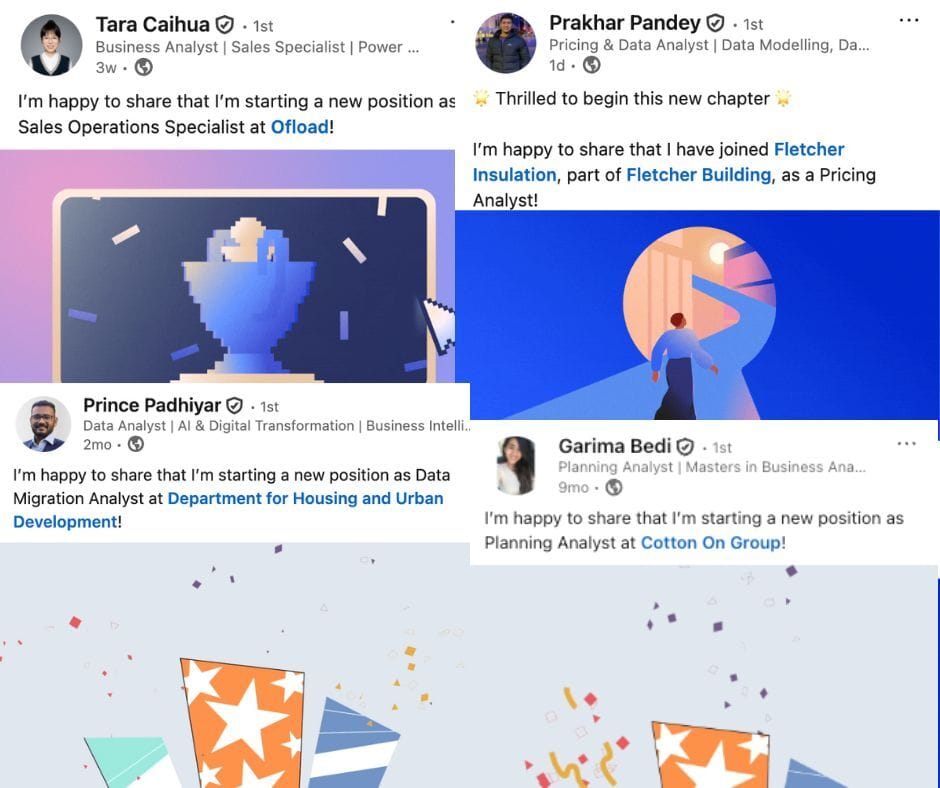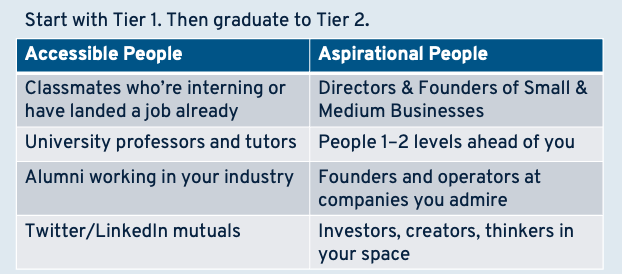- THE UNAPOLOGETIC GRAD
- Posts
- How to land your first $70K+ Analyst role in Australia (Complete Roadmap)
How to land your first $70K+ Analyst role in Australia (Complete Roadmap)
With the best free resources to build your technical skills


Analyst jobs are the fastest-growing way to break into a high-paying career in Australia.
Companies currently hiring an analyst include some of the biggest employers in Australia: Woolworths Group, American Express, BDO, Qantas, and CBA.
What I love about these jobs is that they’re generalist enough to lead to $800+ per day government project roles as you move ahead in your career.
At the same time, they’re technical enough that you can go deeper into specific functions like sales, operations, or marketing, or stay within the same function and switch your industry.
The possibilities are endless.
But before we cover how to break into something so competitive, I’ve got a very exciting announcement.
Join my FREE resume + cover letter workshop [in partnership with the Aussizz Group]

I’m running my first-ever FREE workshop on how to fix your resume + cover letter to land your first Australian offer. I’ve never done this before, and I won’t be doing it again until next year.
My friends at Aussizz Group asked me to run this session as it’ll be super valuable for international students and new migrants who are navigating their Australian careers.
I’ll be covering questions I’m asked most often on LinkedIn:
How do you write a resume and cover letter that actually get noticed in the Australian market?
How do you tailor your resume for different job descriptions (including grad programs)?
When should you submit a cover letter, and when can you skip it?
Plus: 5+ templates that have helped people like you land their first Australian offer across roles in software engineering, analytics, marketing, finance, sales, and more.
Click here to register. I’ll see you next week.
Our Analytics Roadmap
Understanding the role & the requirements
Master skills + knowledge
Get noticed by employers
Crushing the interview & closing the offer (not included in this Newsletter)
Part 1. Understanding the role & its requirements
The word “Analyst” is very broad. It can mean wildly different things depending on the company, the team, and sometimes just the hiring manager’s mood.
You’ll see titles like Data Analyst, Business Analyst, BI Analyst, Reporting Analyst, and Project Analyst, all of which fall under the umbrella of analytics.
Then there are roles like Marketing Analyst, Finance Analyst, or Investment Analyst, where, beyond the usual data skills, you’ll also need some domain knowledge.
And some roles don’t even have “Analyst” in the name at all — titles like Strategy Associate, Management Consultant, or Operations Specialist. But when you look closely, the day-to-day work still relies heavily on analytics skills.
What this tells us is that getting hung up on job titles is a losing game.
Some roles with “Analyst” in the name might be administrative. Others, with different titles, could have you knee-deep in SQL, dashboards, and business decisions.
The job description is your only source of truth.
When we zoom out and look at the broader landscape of analytics roles in Australia, there’s a clear pattern: most of them rely on the same core technical skills.
Sure, some positions will go deeper and have something specific. For example, a Business Analyst might need to write user stories and gather technical requirements. A Marketing Analyst might need to understand SEO or tools like HubSpot.
But for most entry-level roles, this is the baseline toolkit that shows up again and again.

Part 2. Master skills + knowledge
Pick a university program that works for you
Most analytical roles require you to have a bachelor’s degree. Picking the right university program is very important as it can totally shape what you're capable of doing, and how quickly you can start doing it.
Your likelihood of breaking into analytics is higher with degrees that have a clear focus on data:
Bachelor/Master of Data Analytics
Bachelor/Master of Business Analytics
Bachelor/Master of IT (Data Specialisation)
Bachelor/Master of Data Science
That said, 90% of Australian employers don’t care where you studied, or even exactly what you studied. They care about one thing: can you do the work?
Which is why your degree, on its own, isn’t enough.
If your program doesn’t teach the technical skills, we covered in Part 1, doesn’t give you opportunities to work on real data problems with real companies, and doesn’t help you graduate with a portfolio you can show employers, then it’s not improving your employability.
A degree is the baseline. You make it a differentiator by choosing a program that helps you build skills that transfer directly to the real world.
Certifications and Bootcamps
If a bachelor’s degree alone can’t get you hired, then a certification won’t either.
Just like your university degree, it is a starting point. It’s not the thing that seals the deal as there’s no employer who’ll hire you just because you finished a certificate or a bootcamp.
If your goal is to upskill or get exposed to analytics tools in a structured way, these programs will absolutely help.
Here are a few that consistently show up as strong picks:
Google Data Analytics Certificate
IBM Data Analyst Certificate
Microsoft Data Analyst Associate
DataCamp’s Data Analyst Bootcamp
The people I’ve seen land analytics jobs after doing a certificate or bootcamp usually:
Paired it with a university degree (sometimes unrelated)
Built their own projects or portfolio alongside it
Took extra time to go deeper on specific skills
Were intentional about networking and connecting with people online
So, should you do one? Sure, if you want structure, accountability, and a clearer path to learn technical tools.
But don’t expect a certificate or bootcamp to carry your resume.
Free resources to learn faster
Data analysis
Data visualisation
Statistics
Microsoft Excel
SQL
Python
Build demonstrable experience through projects
Hopefully, this is clear by now: You need experience. Full stop.
It doesn’t matter if you’re applying to government, tech, healthcare, consulting, startups, or small businesses; every Australian employer is risk-averse, and they want proof that you’ve done the work before.
The best kind of experience is with a real organisation. If you can get that, take it. If not, build it yourself.
If you’re working at Coles, David Jones, or McDonald’s, start there. Find internal data. Pull weekly sales reports. Identify which products are returned the most. Turn that into a visual report using Excel or Power BI.
If you’re still in uni, ask your professors if they need help with data for research. It doesn't matter if they're in marketing, engineering, or finance. The same goes for PhD students. Most are sitting on messy datasets and would be glad to have help cleaning, analysing, or visualising them.
You can also volunteer with groups like ACS, PMI, or CPA Australia. They often need help with surveys, dashboards, and internal reporting. Most people don’t think to ask, which is exactly why you should.
And if none of that fits your schedule, just build your own projects. Use open datasets from Kaggle, Data.gov.au, or ABS. Explore sales data, customer churn, HR analytics, and things that solve a real problem.
Part 3. Get noticed by employers and land interviews

Improve your online applications [resume + cover letter (when required)]
Every year for the last 3 years, I’ve surveyed university students across Australia to find out how they landed their first job. Every year, I’ve found the same thing (roughly):
Approx. 70% got hired through online applications
Approx. 30% through LinkedIn sourcing, cold messages, referrals, or people they knew.
Yes, networking is super important. But if you’re ignoring job boards and direct applications, you’re skipping the main path most grads use to get hired.
Similarly, if you’ve been applying on Seek or LinkedIn and not hearing back, it’s not because online applications don’t work. It’s usually one of three things:
Your experience isn’t strong enough (yet)
You’re not presenting it well enough in your resume
There are simply stronger candidates in the mix (this part is out of your control)
Let’s fix the first two.
Your resume only needs 5 key sections:
Highlights
Skills
Experience
Notable Projects
Education
Everything else is optional. And even among these, Highlights and Experience are what matter the most.
The Highlights section goes right at the top. Its only job is to show the recruiter what you’ve done that directly matches what they’re looking for. If they want someone who’s built dashboards in Tableau, and you’ve done that, say it in the first few lines.
When writing bullets under Experience, make sure each one answers at least two of the following:
What did you do?
Why did it matter?
How did you do it?
For example:
Developed a comprehensive reporting solution for Toyota, using Power BI to deliver 100+ reports that provide visibility on domains including marketing, sales, finance, production & logistics.
Delivered recommendations to optimise fleet allocation by building a relational model using Python and SQL, analysing 10M+ taxi trip records alongside external datasets on weather, holidays, and pick-up zones.
When it comes to cover letters, follow these two rules:
Don’t submit one unless it’s required, or you genuinely feel you’re a great fit
Never submit a generic cover letter
In short, if you can swap the company name and hiring manager and send it for five other jobs, it’s a bad cover letter. You’re better off skipping it entirely.
Maximising LinkedIn visibility
2 main ways through which recruiters hire:
They advertise a job online. You apply, and they filter through hundreds of resumes.
Second, when they need to move fast, they don’t post anything at all. They go straight to LinkedIn and search for candidates who fit the role.
Now, if you don’t show up in those filtered results, you’re out of the running. This is precisely why your LinkedIn profile is a core part of your job search. It isn’t optional.
The goal isn’t just to have a profile. The goal is to rank high in recruiter searches.
Here are a few resources that will help you:
Bonus tips that aspiring analysts ignore:
Add connections in your industry: when they like or comment on your posts, it reaches their network too, which likely includes hiring managers in the same space.
Follow companies you want to work for: This signals interest and makes you more visible to their internal recruiters.
Comment and post occasionally: Share short updates on what you're learning, building, and analysing.
Don’t skip this at all. It’s possible that a recruiter finds you before you apply for your dream job.
Networking, referrals, & cold outreach
I’ve had four jobs so far:
Consultant at Noetic Group
Assistant Project Officer at NSW DPIE
Project Manager at Aboriginal Housing Office
Implementation Manager at Clear Dynamics
Out of these, I never applied for the first one; I got it through cold outreach. And the last one came through a referral from my ex-manager, who thought I might be a good fit.
This is why I’m such a firm believer in networking, referrals, and cold outreach. They aren’t optional; they’re how a huge chunk of real hiring actually happens.
There are two types of people you could reach out to:
Tier 1: Accessible
Tier 2: Aspirational

The first thing you need to do is create a list of all the accessible people, and research who these aspirational contacts are that you’d like to reach out to. Once you’re ready to connect with them, keep one thing in mind:
They’re busy.
If you wouldn’t read a two-page email from a stranger, neither will they. Your message should be short and to the point.

From there, engage with them and their company on LinkedIn. React to what they post. The entire game here is to stay relevant by staying visible. That way even if they don’t have something for you now, things change:
Someone leaves. A new project starts. A friend asks if they know anyone. You want your name to be the one that comes to mind.

Utkarsh Manocha
That brings us to the end of this newsletter, folks. This edition contains the exact roadmap we’ve used to help dozens of people land their first Analytical role in Australia.
I didn’t cover Part 4: Crushing the Interview & Closing the Offer in this one. You can guess this is already the longest thing I’ve ever written! I’ll be covering that in one of my next couple of editions.
Your first Australian analytics role is only a few months away from you. Reach out if you run into any issues executing this.
Here’s how to stay in the loop:
Catch me on LinkedIn: It's where I say the things I don't have room for in newsletters.
Share this with a friend who’d vibe with it.
If this landed in your inbox via a friend, subscribe here. It’s free, and I only send two a month. No spamming, pinky promise
Job hunting in Australia? Check out My First Strayan Offer, it’s my job search program + community for grads, internationals, and anyone trying to get hired (and paid).
Want to collab or bring me in as a speaker? Just reach out here.